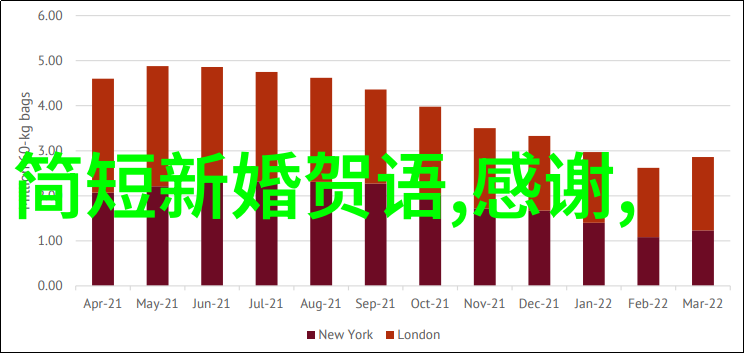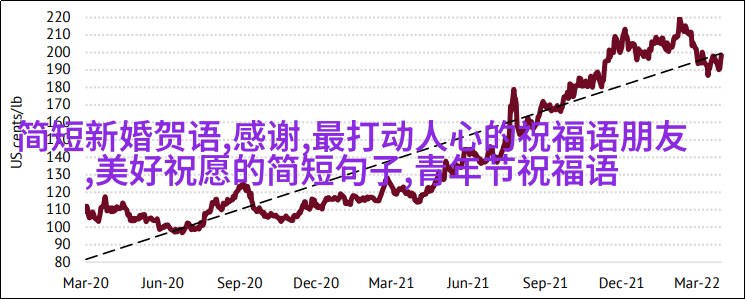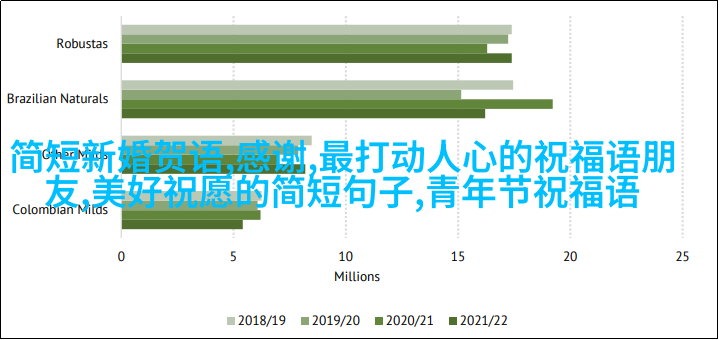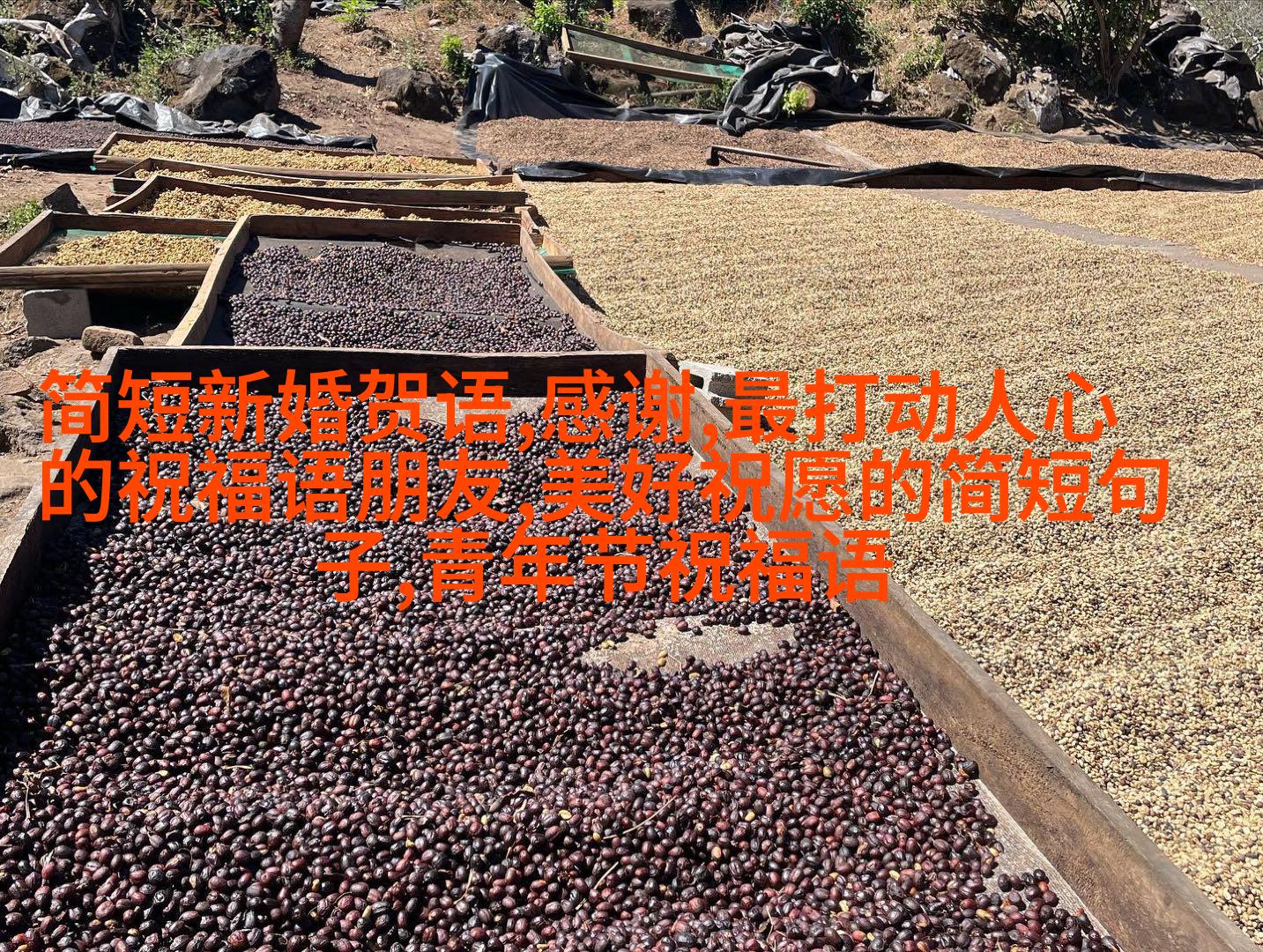在宜兴龙窑的独特创造中,我们发现了中国古代陶业工人的非凡智慧。这些龙窑以其形状如同古人描述的龙而得名,依山势倾斜,用砖砌筑成直焰式筒形穹状隧道。一般长约30到70米,顶端高度约12米,倾斜角度8到20度之间,不同部分各有特色。在穹状脊上,每隔1.3米开设燃料的小洞,大约50多个,这些洞被称作鳞眼洞。窑内部用土砖砌成,形成拱形结构。燃烧室除窑头外,其余均在烧成室的通道内进行。

龙窑的尾端有一段不放烟囱,只有出烟坑,有挡火墙和烟火弄。在这里,以松柴为燃料,其热量高、火焰长、灰粉质少,一般生产周期为4天左右。这要求烧窑操作全凭熟练技巧,以目光观测火焰温度与坯体变化情况来决定。
优点是利用自然山坡建造,与火焰自然上升原理相符,因此造价低且能充分利用余热。不过劳动强度大。当预热阶段结束后,将窑顶第一对燃烧孔的泥垛掘开,然后两边烧炭工人站在窑背两墙上投入燃料。一般先烧坯体上部,当呈桃红色转变为鲜红色时,再开第二对燃烧孔继续向上推进。

由于只凭经验看火色,所以两边工作人员需要频繁交流意见,使得整个过程更加精细化和科学化。这一操作方式一直持续到全程完成冷却后才能取出产品。
据考古发掘资料显示,从唐代开始,就有宜兴涧众龙窑至清末时期,还有浙江龙泉、广东潮安等地也有类似的技术传承。此外,也有人认为紫砂之家作为一种特殊的手工艺品,在明清时期也曾使用这种形式进行制作,但具体细节则需进一步考证。

北宋中期已经开始采用这种方法来制作紫砂壶,这种壶通常具有较小的口径和较深的身体,加之材料本身含有的气氛条件,使得最终产品呈现出紫红色的颜色,并可能出现一些微妙的情感表达,比如“蠡墅羊角山紫砂古窑址”所发现的一些器物展现出的风格特点。
到了明清时代,这种技术变得更加完善,一些专门用于制作紫砂壶的大型龍爐甚至达到2.6米至2.8米高,而这个时间也是紫砂艺术进入一个新的发展阶段之一,那就是李茂林提出的将瓦缸做成装饰性的容器,以此来提升整体设计质量。此外,由于当时使用的是松枝、硬柴等材料以及温度控制在1200oC左右,因此可以推断当时日用陶瓷已具备相当好的结实性。而通过青铜时代遗留下的陶片分析,可以看出当时水分率和气孔率都处于较高水平,同时体积比重也非常接近标准值,为我们提供了一定的参考数据关于那时候如何进行生产和加工技术处理不同类型陶瓷制品。

最后要提到的还有Dragon Kiln's advantage is that it can be used to produce a variety of ceramics, including pottery and porcelain, with different shapes and sizes, which allows for greater flexibility in the production process.
In summary, Dragon Kiln has been an important part of Chinese ceramic-making history for centuries, providing a unique way to create beautiful and functional pieces of art that have stood the test of time.

Here are some key points about Dragon Kilns:
They were built into hillsides to take advantage of natural ventilation
The kilns were typically long and narrow, with a slope that allowed the fire to move through them slowly
The kilns were fired using wood or coal
The temperature inside the kiln was carefully controlled to ensure that the clay reached the correct firing point
The firing process could take several days
Dragon Kilns played an important role in Chinese ceramic-making history because they allowed potters to create large quantities of high-quality ceramics quickly and efficiently. They also provided a way for potters to experiment with new techniques and designs.
Today, Dragon Kilns are still used by some potters who want to create traditional-style ceramics. However, most modern potters use electric or gas-fired kilns instead because they are faster and easier to control than traditional dragon kilns.
Overall, Dragon Kilns represent an important part of China's rich cultural heritage. They provide a fascinating glimpse into how ancient craftsmen created beautiful works of art using simple tools and techniques.


